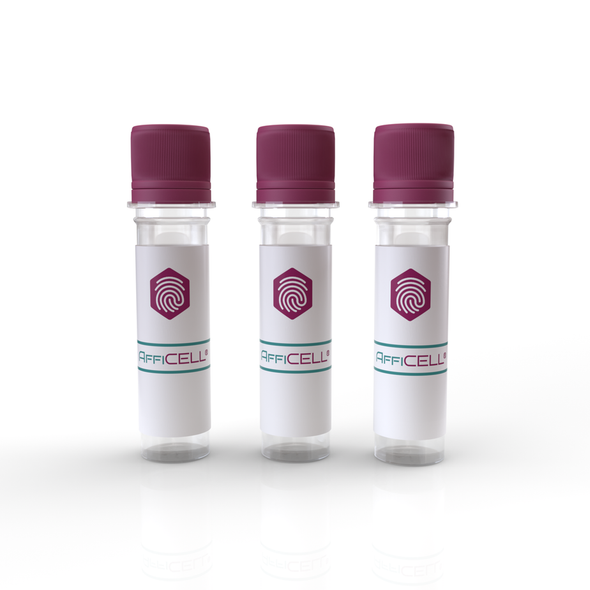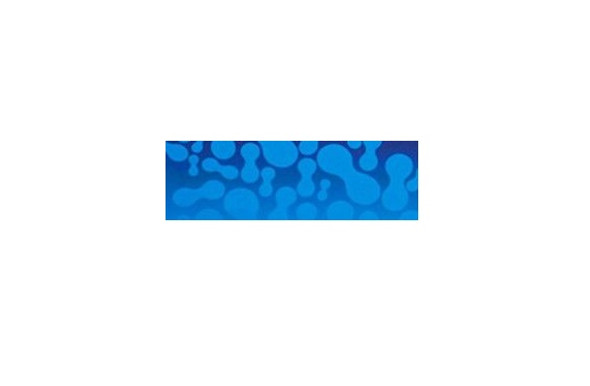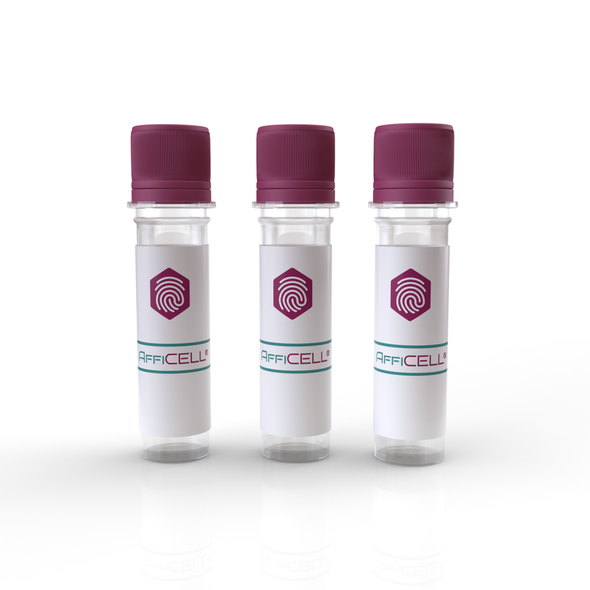Description
Rat Sertoli Cells | CP-R160 | Gentaur US, UK & Europe Disrtribition
Abbreviation: R-SeC
Organism: Rat
Tissue Type: Reproductive system
Tissue: Testis tissue
Cell Type: N/A
Growth Proprieties: Adherent
Medium: CM-R160
Ratio: 1:2-1:3
Renwal: Every 2-3 days
Background: Rat Sertoli cells were isolated from the testis. Sertoli cells in the testis are in the shape of irregular high cones. The base of the cells is attached to the basement membrane, and the top extends to the lumen of the seminiferous tubule. It is the scaffold of spermatogenic cells and provides them with essential nutrients. It can synthesize and secrete androgen-binding protein, provide a high concentration of androgen environment for spermatogenic cells, etc. It also has the functions of forming a blood-testis barrier, forming a microenvironment in the testis, and regulating spermatogenesis. Sertoli cells are the main components of the testis. They can secrete a variety of growth factors and immunosuppressive factors. They can not only provide nutritional support and immune protection for sperm, but also provide nutritional support to other cells, such as pancreatic islets and nerve cells. When co-transplanted with islets or nerve cells, it can also provide immune protection for these cells and increase the engraftment rate. Therefore, Sertoli cells have broad application prospects in cell transplantation. The preparation of Sertoli with high viability is not only of great value for the basic research of Sertoli, but also of great significance in the field of spermatogenesis. The rat Sertoli cells produced by our company are prepared by the collagenase digestion method combined with the differential adhesion method, and the total cell volume is about 5×10^5 cells/vial. The cells are identified by oil red O staining and Feulgen staining, and the purity is more than 90% without HIV-1, HBV, HCV, mycoplasma, bacteria, yeast, and fungi, etc.
Delivery: 5 weeks






